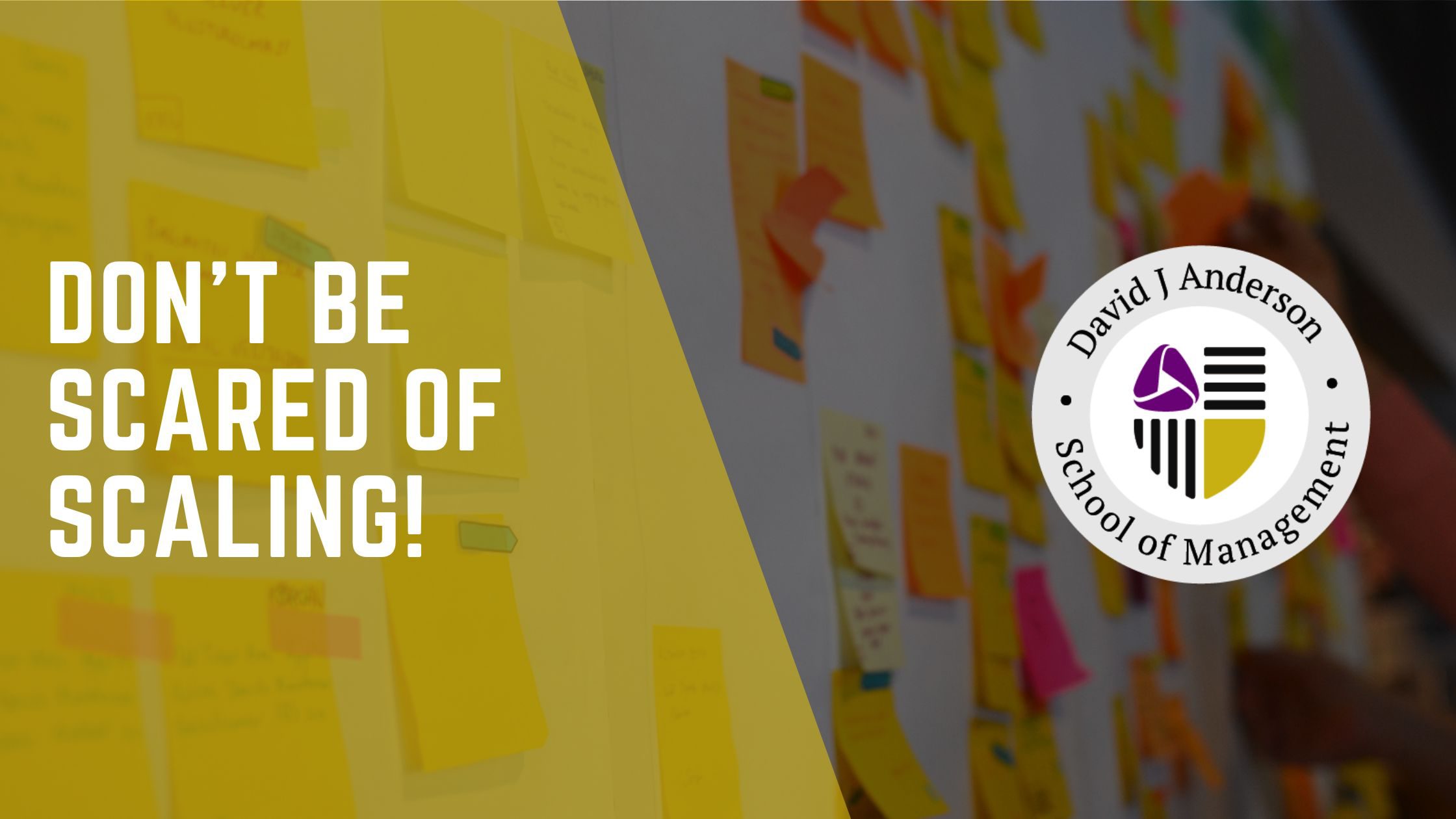How Does Failure Demand Stop You From Scaling?
Failure demand represents demand generated as a consequence of previous poor-quality deliverables or demand that never should have been received. Failure demand is avoidable if the initial quality better matches customer expectations. Some examples of failure demand include the following:
- Defect-fixing requests
- Rework due to usability problems
- Rework due to poor design or not understanding customer needs
- Features requested by users because other functionality did not work (workarounds)
- Demand that should never have been accepted
Maturity Level 3
At Maturity Level 3, product design, quality, and service delivery are all within customer expectations and tolerance levels. The organization is considered trustworthy. The customers are satisfied. The customers’ expectations are met regularly and sufficiently well so that customers are satisfied with the level of service. There is a consistency of processes and consistency of outcome. The organization has developed the capability to respond quickly to changing customer expectations. Hence, the failure demand drops dramatically when you achieve Maturity Level 3.
Problems with Low Quality
Failure demand is a result of low quality. If you spend a lot of time fixing things, re-working issues, and dealing with complaints from unhappy customers, then you cannot scale. When you are in a constant firefighting mode of fixing problems, you cannot scale. What you should do and focus on is finding new clients or new products to create and sell adding value. However, when you are constantly dealing with previous customers who complain, then it affects your ability to sell new products. Low quality will take you a step back on many fronts, even when it comes to referrals. When someone asks: “Can I speak to your previous customer?”, you probably will not be willing to share their contact details.
Scale by Fixing Quality Issues
You scale by fixing quality issues and delivering products or services that meet customer satisfaction, not by dealing with complaints. You scale by freeing your processes of all the noise and distraction.
Having a Kanban board helps you to minimize the time you spent on “managing” things, ex. walking around and asking for the work status. It gives you the opportunity and time to look left to see what is coming. You don’t have to fight fires or micromanage workers. The board gives you time and intellectual capacity to anticipate.
Maturity Levels 0-2 are reactionary. Maturity Level 3 is a transition towards an anticipatory organization that we observe beginning in Maturity Level 4. You can’t be anticipatory until your process is free of all the immediate distractions. That being said, you can address a greater level of scale by removing or fixing all quality issues.
Conclusion
If you do things with high quality, your customers trust you. The level of trust goes up with organizational maturity. When you can trust each other within the organization, you don’t need to supervise every single step and you can focus on value-adding work. Hence, we scale by improving organizational maturity.





